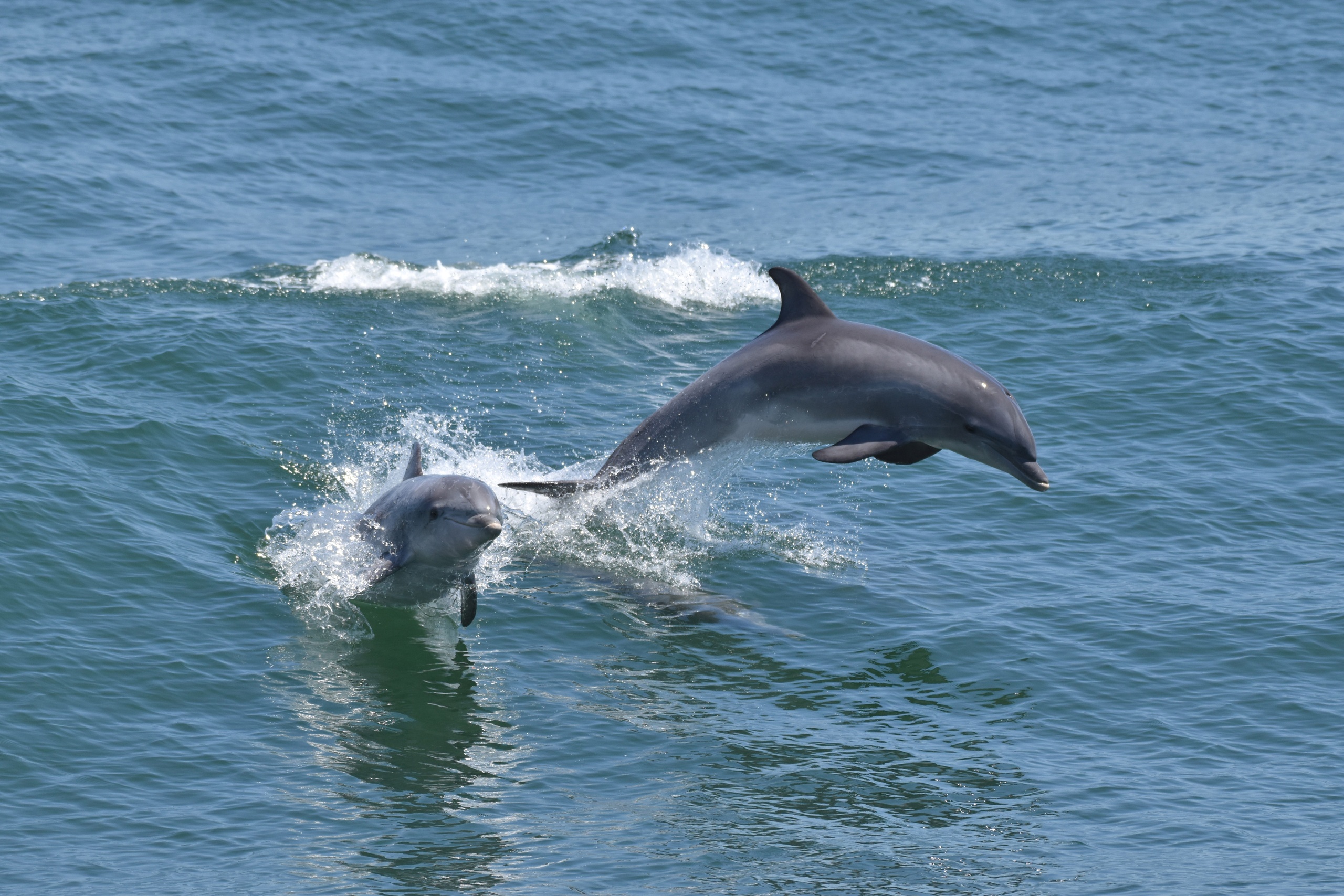Sea Urchin Fertilization Lab
During the fall semester at the University of South Carolina, I was enrolled in a course called Marine Science 311. This course included a lab that met once each week. My favorite lab that I was able to partake in was one entitled Sea Urchin Fertilization. I had never really taken the time to consider how such alien looking organisms would be able to reproduce until I was involved in this study. As it turns out, I learned that sea urchin egg fertilization actually happens outside of the body in open sea water. In order to recreate this in a lab setting, my classmates and I had access to several sea urchins, their genders unknown to us. In order to determine the genders of the organisms, we had to inject each individual with .5 M potassium chloride. Once injected, we were instructed to lightly shake the organism in order to disperse the potassium chloride. This chemical triggers a gamete release, if we saw small orange eggs released from the urchin, we could be sure that it was a female. If we observed a light colored mass, we could identify the individual as a male. There were many steps following the release of the gametes, but the lab culminated in placing a sperm and sea water solution onto a cover slip that contained eggs. Using a microscope, we were able to observe fertilized and unfertilized eggs. As time goes on, the fertilized eggs begin to further develop, and after around 48 hours a larvae would be formed. Our lab instructors had prepared some fertilized some eggs prior to the start of our lab so that we could observe the various stages leading up to fully formed larvae. Witnessing this transformation in a lab was fascinating because it made me think of how reproduction occurs in this manner all over the ocean all the time. Though it is not something that we observe with the naked eye such as observations that we can take on the boat, it is so interesting to think that it is happening just below the water line at any given time. Attached is an image of the sea urchin that I personally injected with potassium chloride, the individual turned out to be a male.

-Jessica Leaning, Intern at Cape May Whale Watch and Research Center
University of South Carolina
Reference:
Knotts, Eilea. “Biology of Marine Organisms”. MSCI 311. University of South Carolina, Columbia SC, August-December 2020. Lab.
